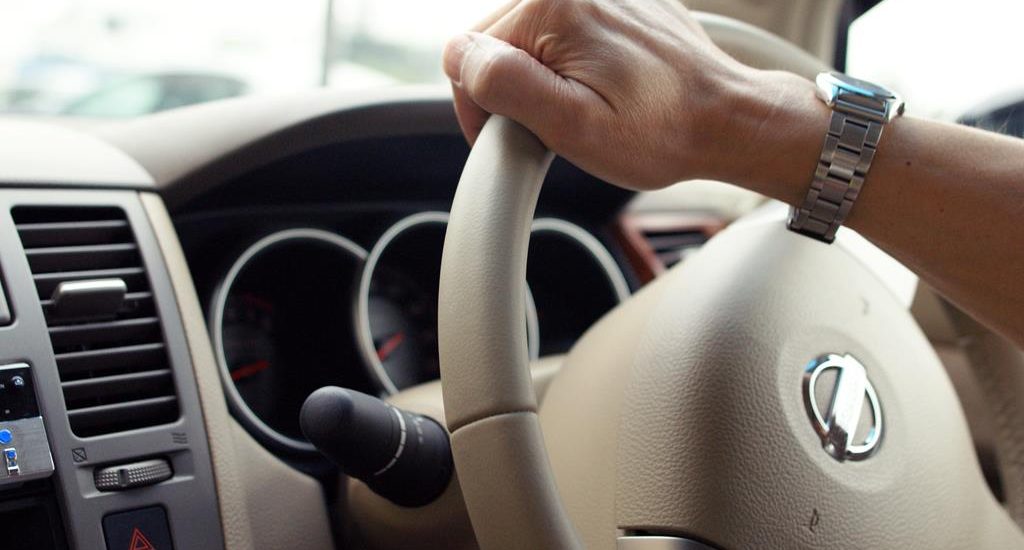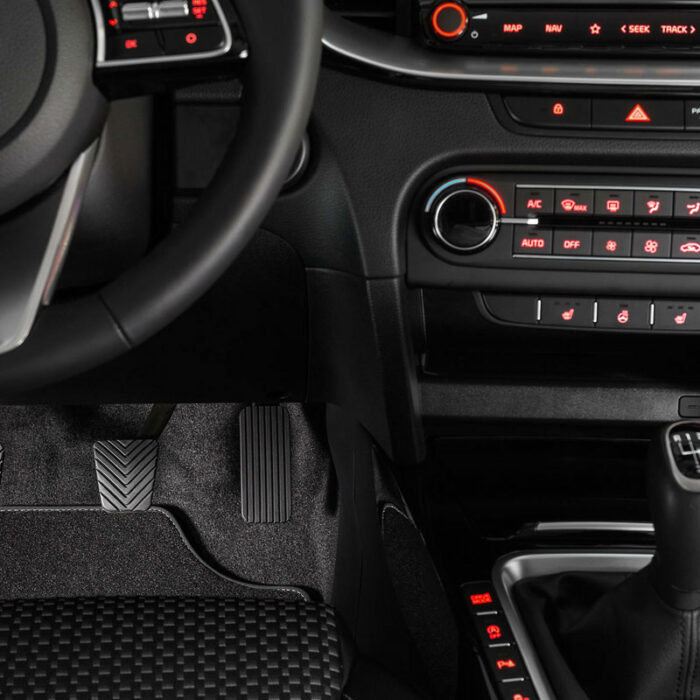The Global Divide: Understanding Left-Hand and Right-Hand Traffic
Today’s global roads are divided between two systems:
- Right-hand traffic (RHT): Vehicles drive on the right side of the road (approximately 75% of all roads globally)
- Left-hand traffic (LHT): Vehicles drive on the left side of the road (approximately 25% of all roads globally)
This division affects not just which side of the road we drive on, but also vehicle design, with specially manufactured right-hand drive (RHD) and left-hand drive (LHD) vehicles for each system.
But how did this division occur? And why hasn’t the world standardized to a single system? The answers lie in human psychology, ancient history, and modern politics.
The Psychological and Historical Origins of Traffic Systems
The roots of our divided traffic systems can be traced to basic human psychology:
- Right-handed dominance: Approximately 90% of people are right-handed, which influenced early travel behaviors
- Protection instinct: Travelers carrying goods with their dominant right hand naturally kept to the right side of paths
- Military traditions: Armed individuals preferred to keep their weapon hand (typically right) closer to potential threats, favoring left-side passage
These contrasting tendencies created an early divide in traffic patterns:
- Left-hand traffic flourished in regions with strong military traditions (like the Roman Empire)
- Right-hand traffic developed in areas where peaceful travel was more common
The Evolution of Traffic Systems in Medieval and Colonial Europe
During the Middle Ages, Europe began establishing more formal traffic rules:
- Most continental European regions adopted right-hand traffic
- England maintained left-hand traffic, formalizing it with the “Road Act” of 1776
- Napoleon significantly expanded right-hand traffic throughout his conquered territories in the early 19th century
This European division would have global consequences as colonial powers spread their preferred systems:
- The British Empire exported left-hand traffic to its colonies, including:
- India
- Australia
- Hong Kong
- Many African nations
- Parts of the Caribbean
- Continental European powers (France, Spain, Portugal, etc.) generally spread right-hand traffic to their colonies
Japan adopted left-hand traffic when British engineers built its first railroad, showing how infrastructure development influenced traffic patterns beyond direct colonial control.

The Automotive Revolution and Traffic System Design
The invention of the automobile created new considerations for traffic systems:
Early Steering Evolution (1890s-1910s)
- First cars used floor-mounted control levers, with drivers typically sitting on the left
- The transition to steering wheels required determining optimal driver positioning
- Initially, drivers sat on the side closest to the curb for easier exit
- Henry Ford’s 1908 Model T pioneered left-hand steering with right-hand traffic
Competing Design Philosophies
- Mass-market European manufacturers eventually followed Ford’s lead
- Luxury/high-speed car makers initially maintained right-hand driving positions
- Safety considerations emerged about driver exit location (sidewalk vs. roadway)
By the 1920s, most vehicles were designed with the driver seated on the side facing oncoming traffic, which became the standard approach.
The Global Shift Toward Right-Hand Traffic (1900-1970s)
The 20th century saw a significant shift toward right-hand traffic in previously left-hand countries:
- Belgium (1899)
- Portugal (1928)
- Spain (1930)
- Austria and Czechoslovakia (1938)
Sweden’s Famous “Day H” Switch (1967)
Sweden’s transition from left to right traffic presents a fascinating case study:
- Despite 83% of Swedes voting to maintain left-hand traffic in a 1955 referendum
- The Swedish parliament approved the switch to occur at 5:00 AM on September 3, 1967 (known as “Dagen H” or “Day H”)
- All vehicles simply moved to the opposite side of the road at the designated time
- Accident rates initially plummeted as drivers exercised extreme caution
- Within months, accident levels returned to previous norms
Iceland followed Sweden’s example with its own “Day H” switch in 1968.
Left-Hand Traffic Today: Countries and Exceptions
In modern Europe, only four countries maintain left-hand traffic:
- United Kingdom
- Ireland
- Malta
- Cyprus
Globally, approximately 76 countries and territories continue using left-hand traffic, including:
- Japan
- Australia
- New Zealand
- India
- South Africa
- Many Caribbean, African, and Southeast Asian nations
Interesting Exceptions and Special Cases
Even within countries with established traffic systems, exceptions exist:
- Odessa (Ukraine) has select streets with left-hand traffic to manage congestion
- St. Petersburg (Russia) features some left-hand traffic streets in its historic center
- Paris has a single left-hand traffic avenue (Avenue General Lemonnier)
Border regions between countries with different systems often feature specially designed interchanges to safely transition traffic from one system to the other.
Driving “Wrong-Side” Vehicles: Regulations and Challenges
Driving cars designed for one traffic system in countries using the opposite system creates unique challenges:
Registration and Import Regulations
- Australia: Prohibits left-hand drive vehicles unless converted
- New Zealand: Requires special permits for “wrong-side” vehicles
- Slovakia and Lithuania: Ban registration of right-hand drive vehicles entirely
- Russia: Has a unique situation where right-hand drive Japanese imports are common in eastern regions despite being a right-hand traffic country
Practical Considerations for “Wrong-Side” Driving
Driving a vehicle designed for the opposite traffic system presents several advantages:
- Different crash protection: In right-hand traffic, a right-hand drive vehicle places the driver farther from head-on collision points
- Theft deterrence: “Wrong-side” vehicles are less attractive to thieves in some regions
- Novel perspective: Different driver position offers a fresh viewpoint on road conditions
The main disadvantage is the challenge of overtaking safely, which typically requires additional mirror systems or driver assistance.

Left vs. Right: Comparing Traffic Systems
When comparing the two systems objectively:
Advantages of Standardization
- Simplified vehicle manufacturing
- Easier international travel
- Reduced border crossing complexity
Current Global Distribution
- Approximately 66% of the world’s population uses right-hand traffic
- About 28% of global roads use left-hand traffic
- The fundamental difference is simply a mirror image of practices
Practical Tips for International Drivers
For travelers encountering unfamiliar traffic systems:
- Obtain an International Driving Permit before traveling
- Practice mentally visualizing driving patterns before arrival
- Use reminders like a note on the dashboard about local traffic direction
- Be especially careful at intersections and when starting to drive after stops
- Consider rental vehicles designed for local conditions rather than bringing your own vehicle
Most drivers adapt surprisingly quickly to the opposite traffic system after a short adjustment period. The key is remaining alert and conscious of the differences until they become second nature.

Published March 14, 2017 • 6m to read





